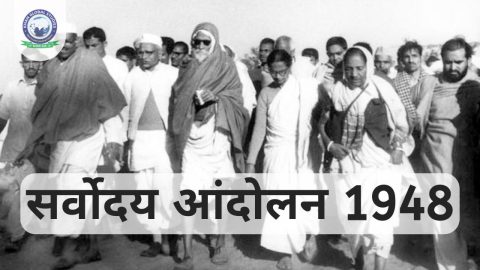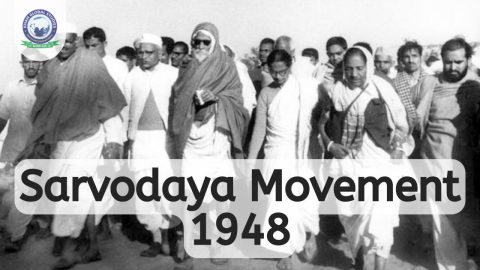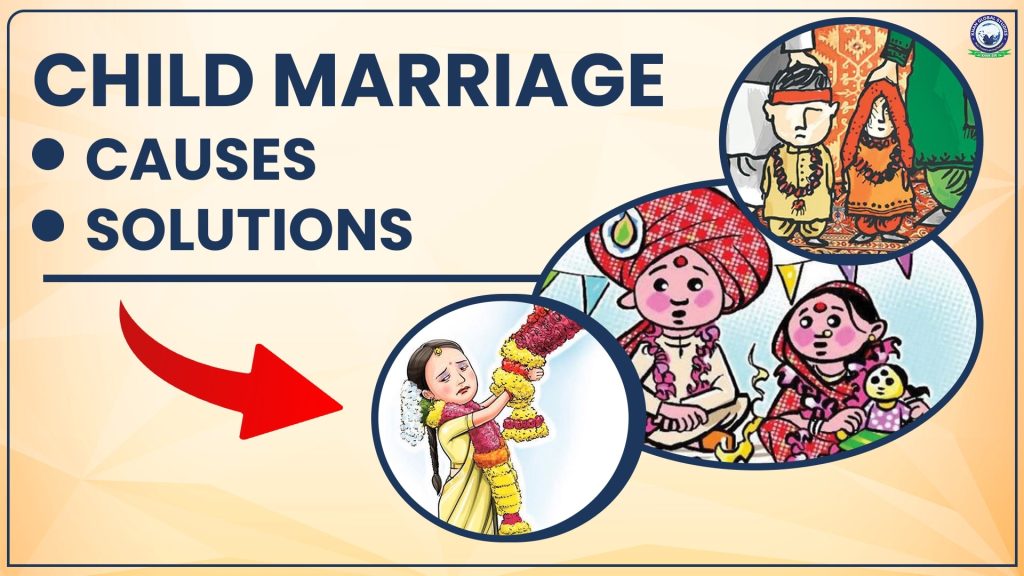
The Assam government resumed its crackdown on child marriage on October 3, 2023, and arrested more than a thousand people from across the state.
Child Marriage
- It refers to any formal marriage or informal union between a child under the age of 18 and an adult or another child.
- According to a recently released UNICEF report, one out of every three child marriages taking place across the world takes place in India.
- However, according to the latest data from the National Family Health Survey-5, the rate of child marriage between the age group of 15 to 18 years has declined at the national level (from 54 per cent in 1992-1993 to 23.3% in 2020-21). For girls aged 6 to 8 years, the rate of change is still quite slow.
- According to NFHS data, the prevalence of it is still higher than the national average in 8 states, with West Bengal, Tripura and Bihar being the top three states where more than 40% of women aged 20-24 years are adults. Marriage under the age of 18 years.
- The legal marriageable age is set at 18 years for women and 21 years for men.
Reasons for child marriage in India
- Poverty – Women from families with low socio-economic status generally marry at an early age, while more than 30% of women in the two least wealthy categories are married by age 18, and women from the richest families More than 30% of women get married in India. Its category figures were 8%.
- Social Background: It is highest in rural areas, especially among Scheduled Castes and Scheduled Tribes.
- Trafficking: Since paying a price for the girl’s transaction brings significant financial benefits to the girl’s family, poor families are encouraged to sell their daughters into prostitution outside of marriage.
- The low economic potential of girls: Girls are often seen as a burden, as the work done by women is usually confined to the home, and they are not valued due to the patriarchal structure of society.
- Dowry: Although dowry has been illegal in India since 1961 (after the Dowry Prohibition Act came into force), the girl’s parents still often give gifts to the groom and his family. The main reason for child marriage is the “motivation” of the dowry system.
- Discrimination based on gender: UNICEF’s report on ‘Child Marriage and the Law’ highlights the issue of girl marriage as a cause of discrimination prevalent in many societies.
- Ignoring laws and laxity in their implementation: Laws are not strictly enforced. Most child marriages are not even registered. In many cases, the age of the bride and groom is not checked and the people around them remain mute spectators.
Issues related to Child Rights
- Early marriage violates many child rights such as the right to education, the right to be safe from physical and mental violence, and the right to health.
- The Convention on the Rights of the Child is working to protect the individual rights of children who are deprived of their rights due to early marriage.
Vicious Circle of Poverty
Most poor girls and boys are married in childhood but lack the skills, education, knowledge and good job prospects needed to lift their families out of poverty, perpetuating the vicious cycle of poverty.
Health Concerns
- Children born to teenage mothers are more likely to be malnourished. According to NFHS-5 data, the possibility of children being underdeveloped in the year 2019-21 is 35.5%.
- Premature pregnancy: Most young brides do not have much knowledge about contraceptive methods, and reproductive health services are not easy to access.
- Maternal Mortality: According to a WHO report, married girls under the age of 15 are five times more likely to suffer unbearable pain or die during pregnancy or delivery.
Illiteracy
- Young brides are often denied access to education and are not allowed to obtain further education.
- Their children are also more likely to be illiterate, which hurts their human capital prospects.
Economy
- One estimate states that child marriage costs economies at least 1.7% of their gross domestic product.
- This hurts emerging countries, which are rapidly expanding their populations by increasing women’s total fertility by 17%.
Legal Provisions related to preventing Child Marriage
The Age of Consent Act, of 1891 raised the age of marriage for a girl to 12 years.
Child Marriage Prohibition Act, 1929:
- Which is also known as the Sharda Act.
- It raised the age of marriage to 14 years for girls and 18 years for boys.
- The Hindu Marriage Act, of 1955 states that girls should be married at the age of 18 and boys should be married at the age of 21.
Child Marriage Prohibition Act, 2006
- This Act replaced the Child Marriage Restraint Act, of 1929, enacted during British rule.
- In this, the minimum age of marriage for men has been set at 21 years and for women, the minimum age of marriage has been set at 18 years.
- The Act also provides for the appointment of a Commissioner on Child Marriage of Minors, whose duties include clarifying the issue and working to prevent it.
- Other laws that protect child brides include the Juvenile Justice (Care and Protection of Children) Act 2015, the Domestic Violence Act, 2005 and the Protection of Children from Sexual Offenses Act 2012.
- A standing committee of Parliament analyzed the advantages and disadvantages of raising the marriage age for women to 21 years, which has been approved by the Union Cabinet.
Other Solutions
The government has started many programs like Sukanya Samriddhi Yojana, Beti Bachao Beti Padhao.
Programs like Kanyashree and Rupashree have been started in West Bengal to empower girls and prevent child marriage. States like Uttar Pradesh and Bihar have launched several programs to encourage girls to go to school and prevent child marriage.
Initiatives of international organizations
- Child marriage is targeted under Sustainable Development Goal 5 to ‘achieve gender equality and empower all women and girls’ and under Target 5.3 to ‘eliminate all harmful practices such as child, early and forced marriage and female genital mutilation’ has been included.
- The Global Program to End Child Marriage (Phase 2: 2020-2023, an initiative of UNFPA-UNICEF) promotes the right of youth to delay marriage.
Necessary Steps should be taken to Stop Child Marriage
- Empowering the girl child: Governments should take all possible steps to improve access to education for girls, including civil servants. For example, providing proper sanitation facilities in schools. There may also be incentives for employment opportunities in the future.
- Proper implementation of laws: The Panchayati Raj system (PRI) should be strengthened, and work closely with child protection boards and child marriage authorities to prevent child marriage.
- Social Change: There is a need to increase awareness among parents and society about the ill effects of child marriage and social change can be more effective than coercive measures and laws to stop it.
- Monetary Assessment: Microfinance loans to families should provide employment and livelihood opportunities such as child marriage as an effective way to prevent economic stress.
- To end child marriage, we need to build and strengthen community networks and partnerships that include girls’ clubs, teachers, elders, local government representatives, women’s and youth groups, community and religious leaders, etc.





I simply wanted to write down a quick word to say thanks to you for those wonderful tips and hints you are showing on this site.